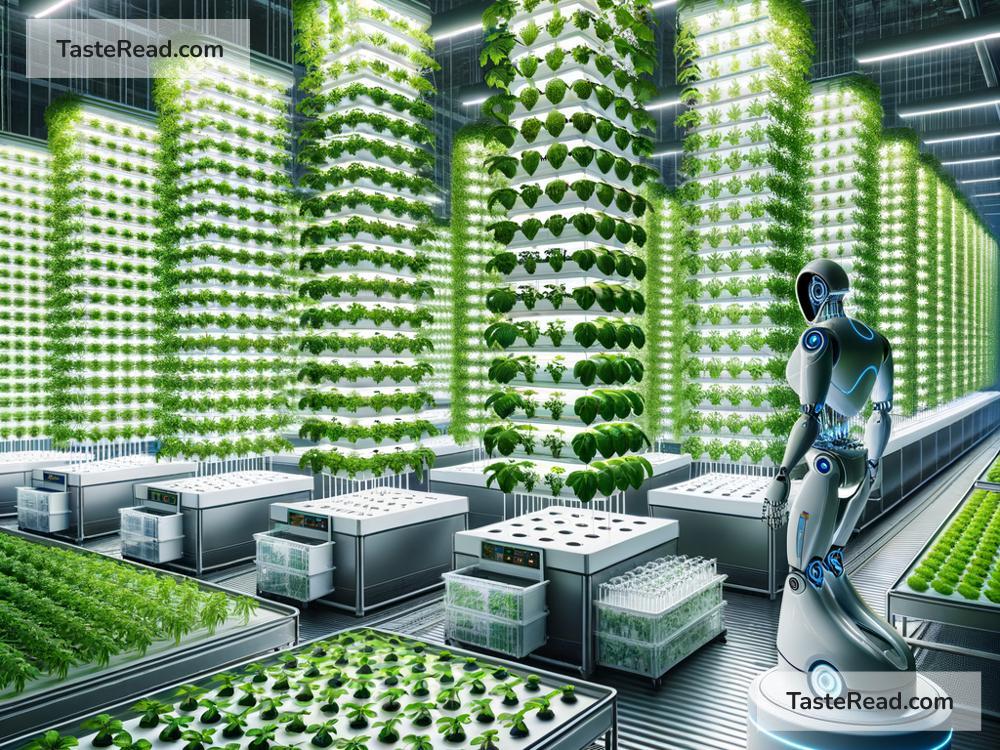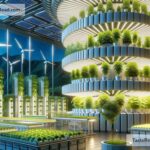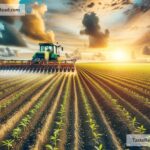The Future of Indoor Farming: Growing Food in a Changing World
The way we grow food is changing. For centuries, farming has been done outdoors, using soil, sunshine, and rain. But now, technology is paving the way for a new approach to farming that could help solve some of the biggest challenges we face today. Indoor farming is becoming more popular, and it has the potential to revolutionize the way we produce food. What is indoor farming? Why is it important? And what does its future look like? Let’s explore these questions!
What Is Indoor Farming?
Indoor farming is a way to grow food inside buildings instead of outside in fields. Using technologies like hydroponics, aeroponics, and vertical farming, plants can grow without soil. Instead, they are fed with nutrient-rich water or mist. Indoor farms can be in warehouses, old factories, or custom-built spaces designed to maximize efficiency. Everything about the plants’ environment can be controlled: light, temperature, humidity, and even the nutrients they receive.
Why Is Indoor Farming Important?
The world’s population is growing fast. Experts estimate that by 2050, there will be nearly 10 billion people on Earth. Feeding such a large number of people is a huge challenge, especially with limited farmland and changing weather conditions caused by climate change. Indoor farming offers solutions to several problems:
-
Efficient Use of Space: Instead of spreading crops across acres of land, indoor farms can stack plants in vertical layers. This means more food can grow in a smaller area.
-
Less Water Waste: Indoor farming uses up to 95% less water than traditional farming methods since it recycles water instead of letting it run off or evaporate.
-
No Need for Pesticides: Since indoor farms are enclosed, there’s no danger of pests, so farmers don’t need to use chemicals to protect their crops.
-
Year-Round Growing: Outdoor farms depend on seasons and weather conditions, but indoor farms can grow crops all year long.
-
Closer to Cities: Indoor farms can be set up inside urban areas, reducing the need for transportation and making fresh food more accessible.
The Role of Technology
Advanced technology is what makes indoor farming possible and efficient. LED lights, for example, are used to mimic sunlight and can be adjusted to meet the specific needs of different plants. Sensors monitor the environment, allowing farmers to make changes in real time to optimize growth.
Automation is becoming a big part of indoor farming too. Robots can plant seeds, check the health of crops, and even harvest produce. Artificial intelligence (AI) is also being used to analyze data and suggest improvements. These technologies boost productivity and lower costs, making indoor farming more sustainable.
Challenges to Overcome
While the future of indoor farming is exciting, there are challenges that need to be addressed. First, setting up an indoor farm can be expensive. The equipment, technology, and energy required can result in high upfront costs. For small farmers or businesses, these costs can be a barrier.
Second, indoor farming relies heavily on electricity, especially for lighting and environmental controls. Until renewable energy options like solar and wind become more widespread, the energy demands of indoor farming may not be completely sustainable.
Finally, not all crops are suitable for indoor farming—yet. Right now, leafy greens like lettuce and spinach thrive indoors, but it’s harder to grow grains like wheat or rice. Scientists and farmers are working on solutions, but it may take time for all types of food to be efficiently grown indoors.
What Could the Future Look Like?
Despite the challenges, the future of indoor farming looks bright. With continued advancements in technology, costs are expected to go down, making indoor farming more affordable and widespread. Renewable energy sources like solar power could make farms even greener.
Some experts predict the rise of “food skyscrapers” in cities, where vertical farms could produce enough food for an entire community. Indoor farming could also play a key role in disaster relief or space exploration. Imagine growing food on Mars or in areas struck by hurricanes—indoor farming could make it possible.
Consumers are also becoming more health-conscious and environmentally aware. As more people learn about the benefits of indoor farming, demand for farm-to-table produce grown locally will likely increase. This could lead to more investment and innovation in the field.
Conclusion
Indoor farming represents a new way of thinking about how we grow food. By combining agriculture and technology, we can create a more sustainable and efficient food system that addresses the challenges of population growth, climate change, and urbanization. While there are obstacles to overcome, the potential is enormous.
It’s exciting to imagine a future where fresh, healthy, and environmentally friendly food is grown all around us—in cities, in schools, and even in outer space. Indoor farming is more than just a trend; it’s a glimpse into the future of farming—one that could help us build a healthier and more sustainable world.


